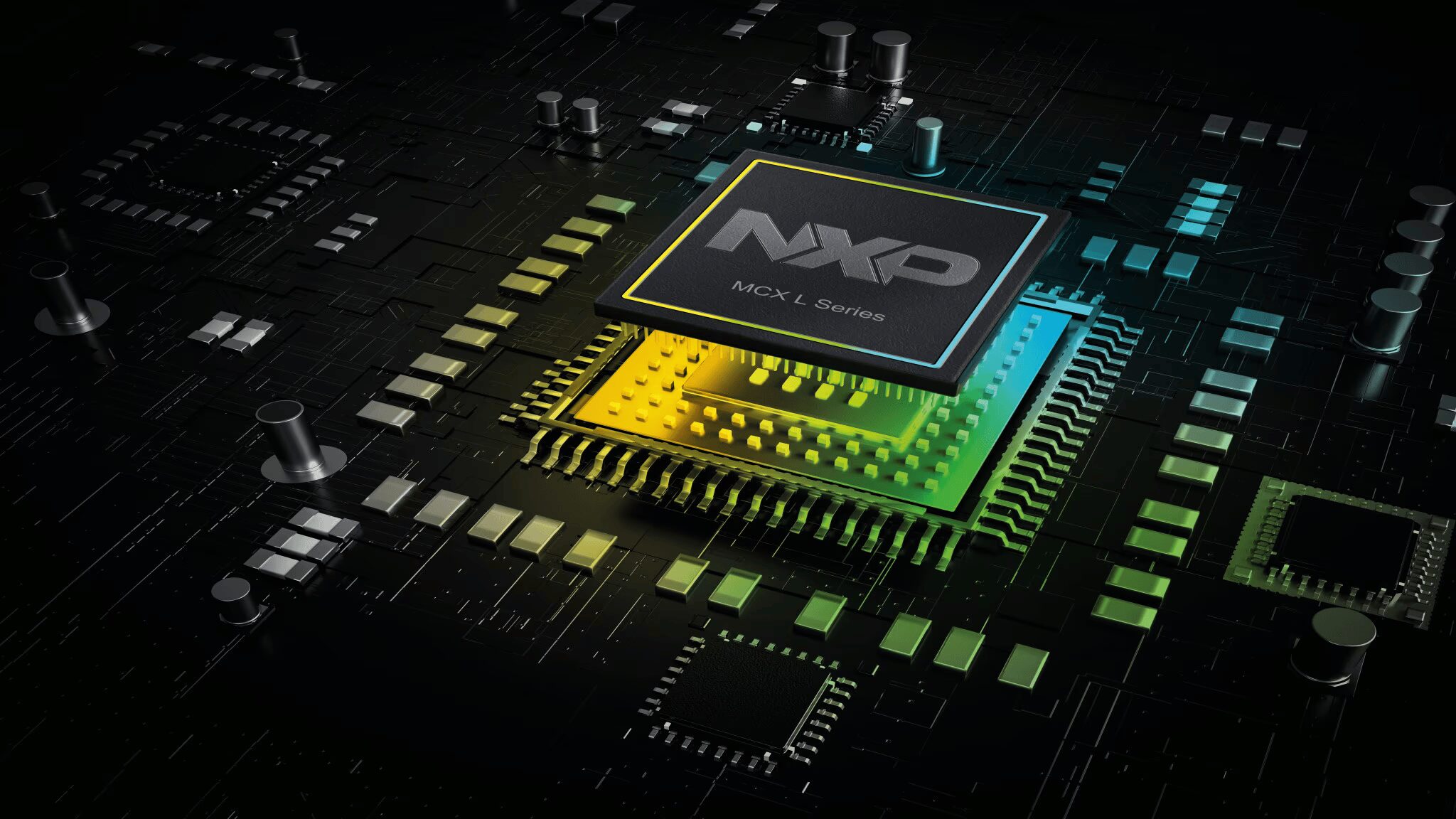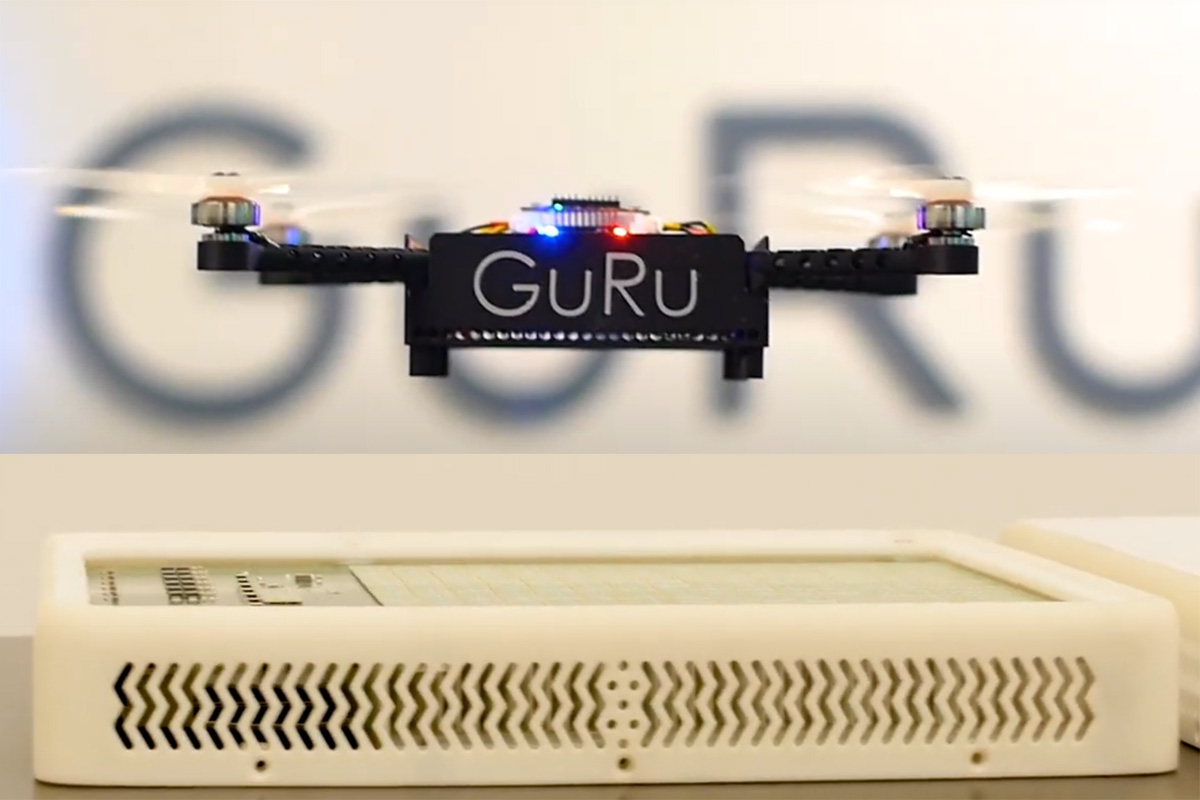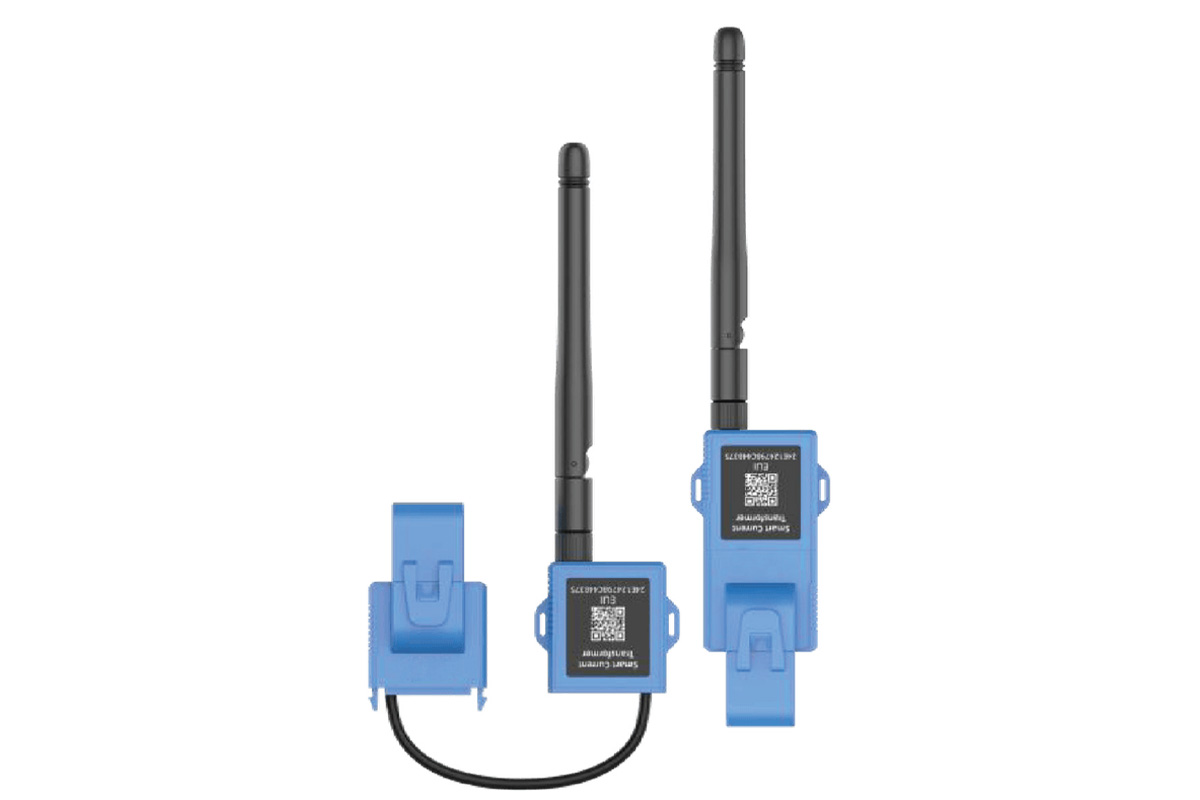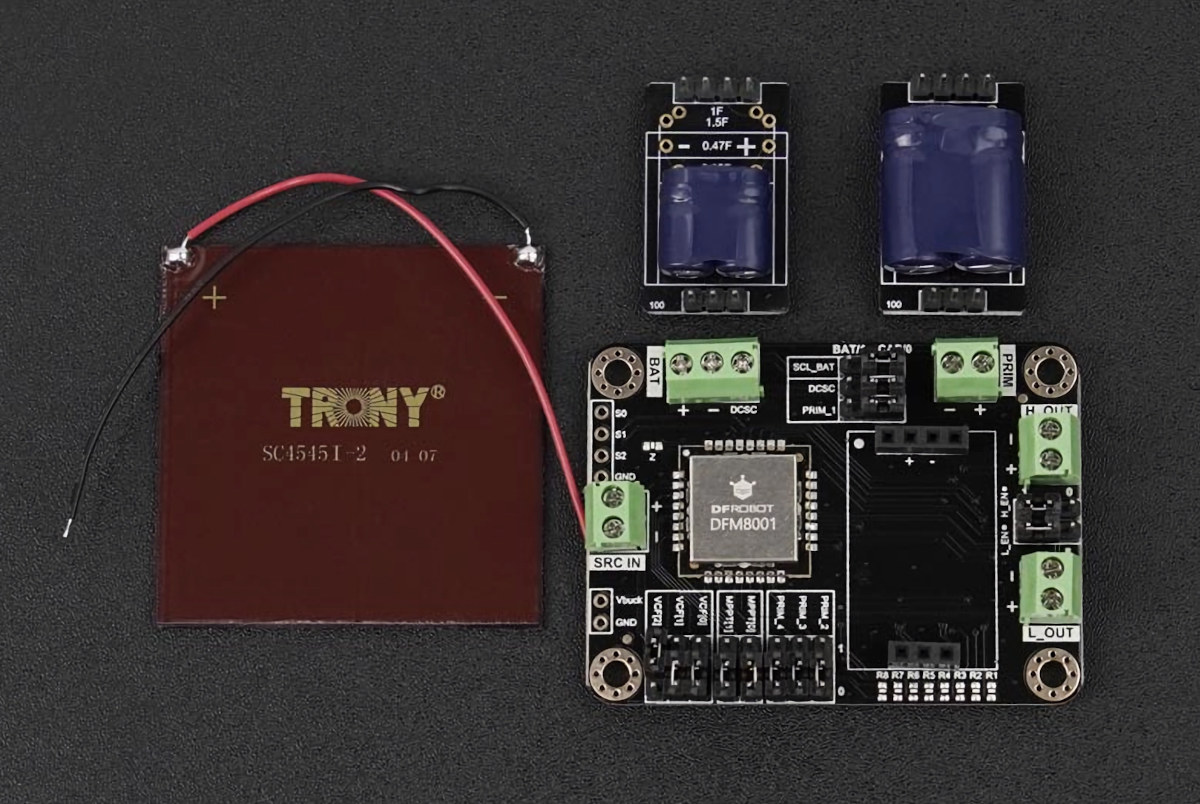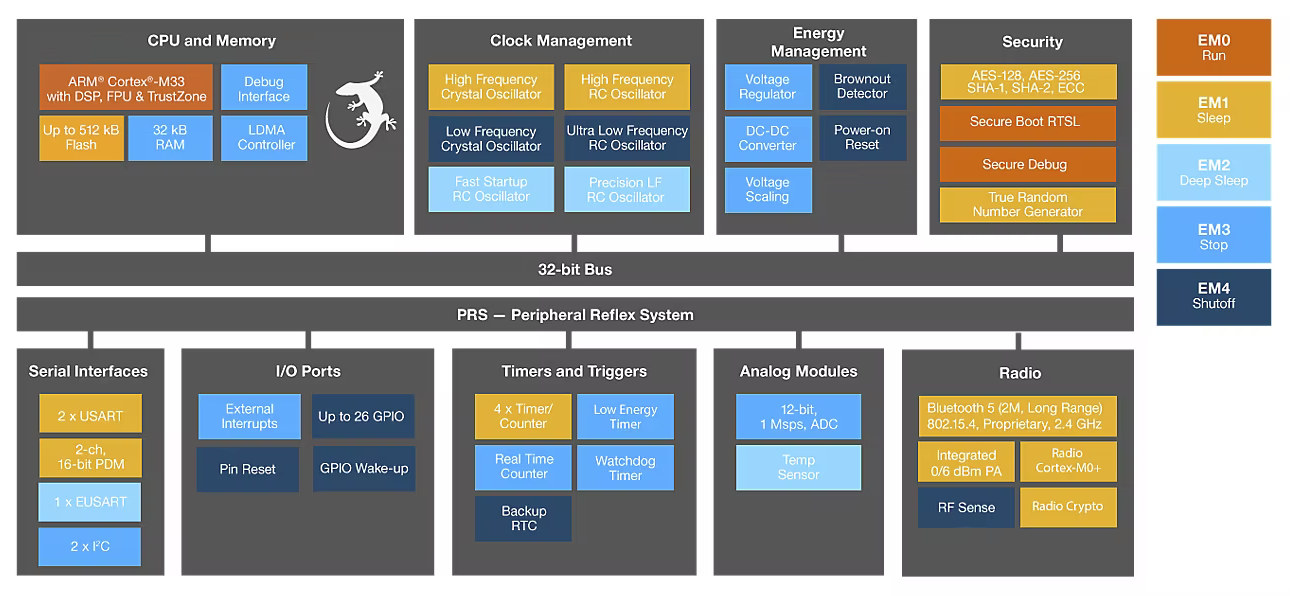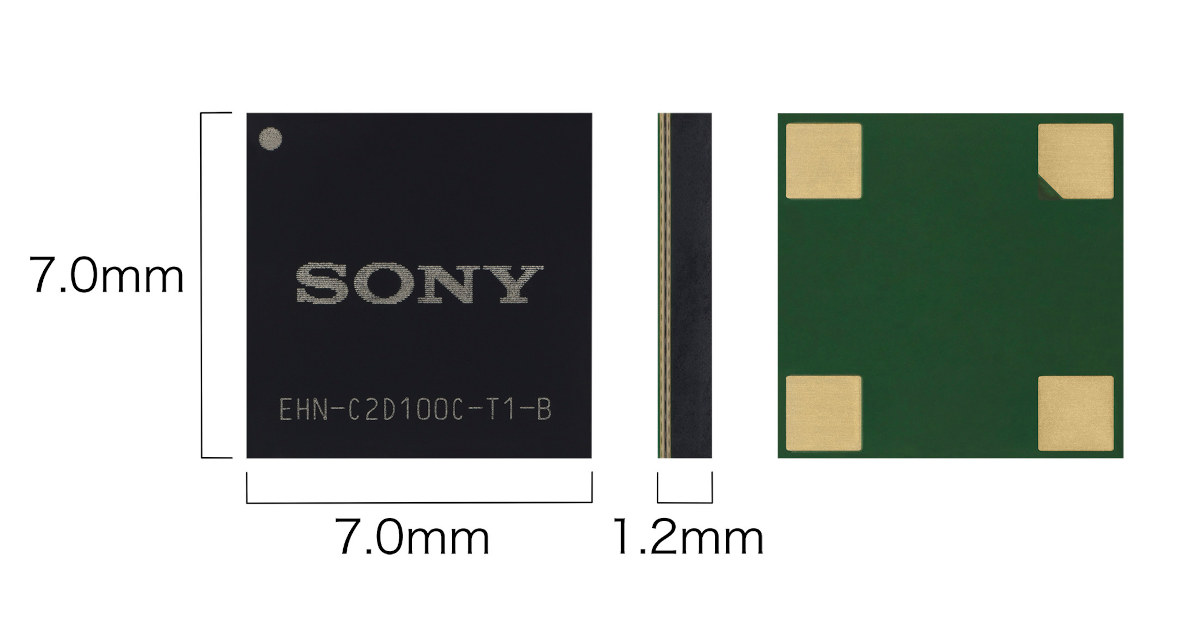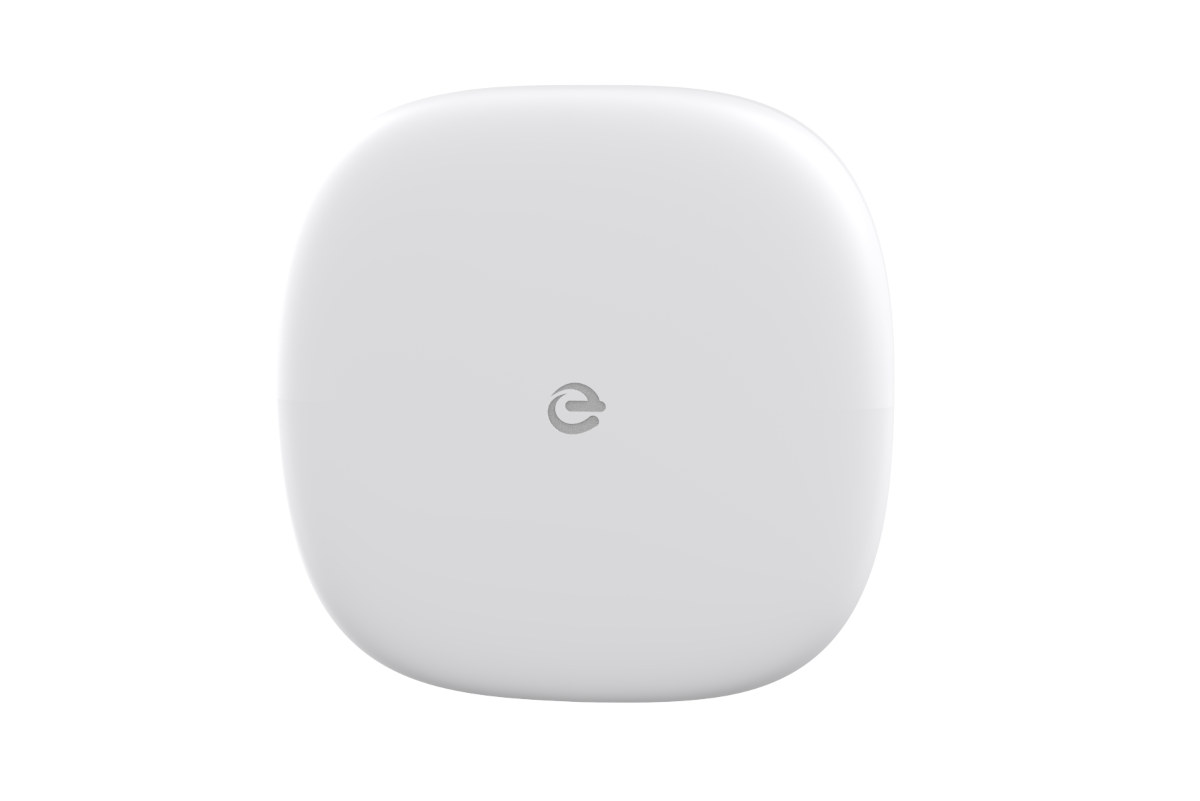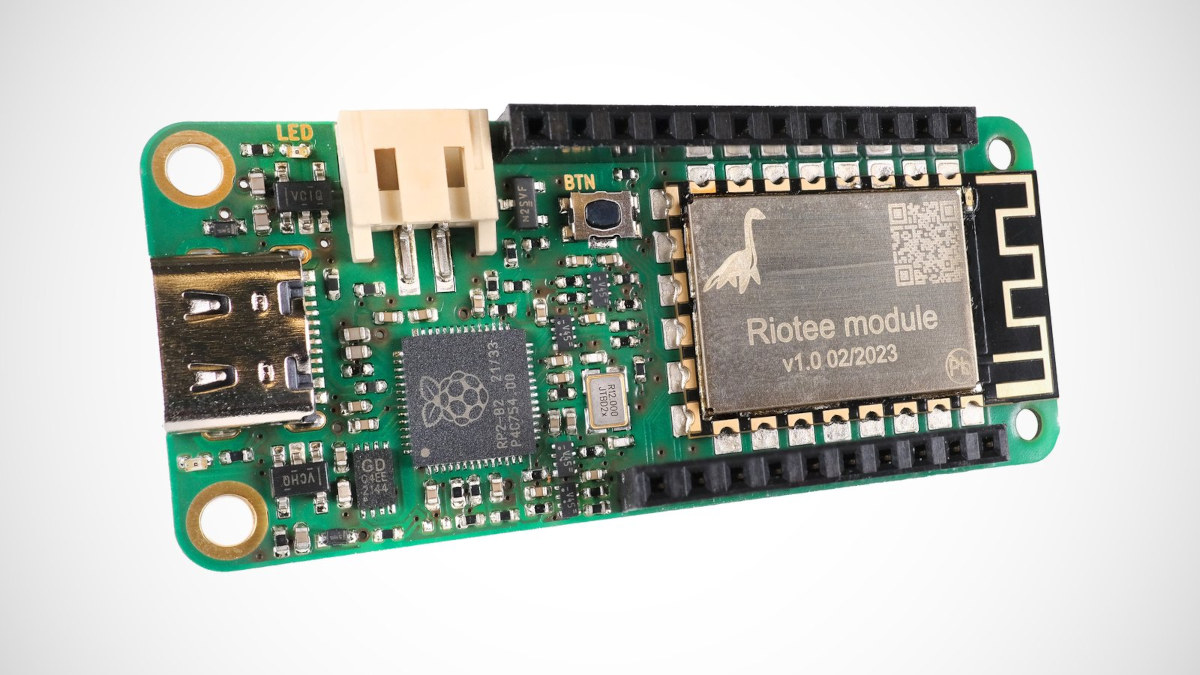NXP Semiconductors has launched the MCX L series of ultra-low-power Arm Cortex-M33 MCUs with the MCX L14x and MCX L25x SKUs. The new series offers similar peripherals as the rest of the MCX portfolio but uses a new “power management architecture that supports always-on, battery-powered applications” The MCX L series uses a dual domain architecture, with “real-time processing and ultra-low-power sensing functions in a single device.” The Arm Cortex-M33 core supports real-time processing functions while the Arm Cortex-M0+ core offers always-on operation in the ultra-low-power sense domain. The new microcontrollers reportedly use three times less power than their predecessors. The ultra-low-power series is targeted at energy-constrained applications, powered by a battery, ultracapacitor, or power harvesting circuit. These include building control, industrial sensing, smoke and fire alarms, flow meters, smart appliances, and motion detectors. NXP MCX L14x and L25x specifications: CPU Main core: Arm Cortex-M33 microcontroller @ up to 96 MHz […]
GuRu’s modular wireless power transfer system can power a drone indefinitely
California-based company GuRu Wireless has recently developed and showcased a scalable and modular wireless power transfer system that is capable of delivering power to a high-power device up to several kilowatts, such as a drone, from up to 30 feet away (a little over 9 meters). They also mention that the system can power low-power devices, like LEDs and consumer electronics, over distances of several kilometers. It’s quite an extension to the GuRu’s desk-range wireless power evaluation kit we covered in 2020. The system uses 24 GHz high-frequency millimeter-wave radio signals to deliver energy over long distances without needing batteries or tethered systems. GuRu’s system uses a phased array transmitter with proprietary RFICs, to precisely deliver power to the receiver called the Recovery Unit (RU). In a recent demonstration video, GuRu Wireless showcased their wireless power transfer system by powering a drone from 30 feet away, operating it continuously for […]
MachineQ MQpower CT battery-less LoRa CT clamp measures up to 250A of current
MachineQ has recently introduced MQpower CT, a self-powered, IoT-enabled, LoRa CT clamp designed to monitor real-time current consumption. This CT clamp can measure both accumulated (Ah) and instantaneous current(A) with loads up to 100A and 250A with 1mA resolution. Additionally, it integrates a LoRa module for communication that gets powered by the induced current in the clamp itself. These features make this device useful for energy management, proactive maintenance, power monitoring, and more. We have covered various WI-Fi CT clamps in the past like the SONOFF POW Ring, the Emporia Vue Gen2 with 16 CT clamps, the ESP32-S2-based “smart power meter”, and more. Feel free to check those out if you are interested in Wi-Fi CT clamps. MQpower LoRa CT clamp specifications Connectivity – LoRaWAN Measurement range Up to 100A or 250A models 1mA resolution Accuracy ±1% (>5Arms) ±3% (≤5Arms) Misc Onboard reboot button and LED status indicator FUOTA (Firmware Update Over […]
DFM8001 indoor energy harvesting kit harnesses solar energy (and mechanical, thermal, RF energy with extra hardware)
DFRobot DFM8001 indoor ambient energy harvesting kit can power IoT devices by harnessing solar energy, and the company claims it can also capture mechanical, thermal, and RF energy from the local environment but there’s no way to do that with that kit without additional hardware. The DFRobot kit is comprised of an evaluation board with the company DFM8001 energy harvesting module, two pluggable supercapacitors, and a solar panel used as power input. You could also use other sources emitting at least 150 mV gathering energy from RF, thermal, or mechanical sources. The board features two outputs one low-voltage (1.2-1.8V) terminal up to 20mA, and a high-voltage (1.8V-4.1V) terminal up to 80mA, and two battery connectors plus a few jumpers for configuration. DFM8001 energy harvesting kit specifications: Operating voltage – 3.3V to 5.5V DC Cold start condition – Input > 400mV 15uW Sustaining voltage after cold start – 150mV. Input voltage […]
Silicon Labs BG22E, MG22E, FG22E wireless MCUs target energy harvesting, battery-free IoT devices
Silicon Labs xG22E is a family of wireless SoCs consisting of the BG22E, MG22E, and FG22E and designed to operate within an ultra-low power envelope required for battery-free, energy harvesting applications such as electronic shelf labels, Smart Home sensors, remote controls, and so on. Like the just-announced Silicon Labs MG26, BG26, and PG26, the new xG22E family features a Cortex-M33 core clocked up to 76.8MHz. As an evolution of the low-power BG22, the BG22E offers Bluetooth 5.4 LE connectivity with “Energy Conservation” to further enhance battery longevity and even support designs that eliminate the need for batteries. The MG22E is similar but embeds an 802.15.4 radio for Zigbee connectivity, and the FG22E provides a 2.4GHz proprietary plus the Cortex-M33 is clocked up to 38.4MHz. Silicon Labs BG22E, MG22E, FG22E specifications: MCU – Arm Cortex-M33 @ 76.8 MHz with DSP and FPU (38.4 MHz for FG22E) Memory – Up to 32 […]
Sony energy harvesting module generates power from electromagnetic wave noise
Sony Semiconductor Solutions Corporation (SSS) has developed an energy harvesting module that uses electromagnetic wave noise energy to power IoT devices. The new module leverages Sony’s tuner development process to generate power from electromagnetic wave noise from robots inside factories, monitors and lighting in offices, monitors and TVs in stores and homes, etc. in order to provide a stable power supply needed to run low-power IoT sensors and communications equipment. The tiny 7×7 mm module uses the metal parts of electronic devices that serve as the source of electromagnetic wave noise as part of an antenna and employs a rectifier circuit in order to convert electromagnetic wave noise in a range of several Hz to 100 MHz into electrical energy and supply power to low-power consumption IoT sensors and communications equipment or to charge batteries. The module harvests energy from electronic equipment that generates a significant amount of electromagnetic wave […]
Energous 2W PowerBridge transmitter doubles wireless power for IoT devices
Energous has launched the 2W PowerBridge transmitter that doubles the energizing capability of Energous’ 1W transmitter found in WattUp 1W active energy harvesting developer kit, the “Wirelessly powered sensor evaluation kit“, and various deployments in the field. Energous wireless transmitters are used in IoT applications across the supply chain, logistics, retail, industrial and agricultural industries, which benefit from lower maintenance and wiring costs, and the new 2W transmitter will provide better RF coverage and power levels. Energous further explains its 2W PowerBridge helps reduce the need for replaceable batteries and charging cables since it can power IoT devices at a distance in industrial, commercial, and residential settings leading to a reduced need for maintenance or human intervention, enabling a more automated workflow, and the deployment of “Active Energy Wireless Power Networks”. So while there will also be wasted energy with at-a-distance wireless power, it could still make financial sense for […]
Riotee batteryless stackable IoT board embeds an nRF52833 module (Crowdfunding)
Nessie Circuits’ Riotee board features a Riotee module based on Nordic nRF52833 WiSoC with a 2.4 GHz radio that targets batteryless IoT applications thanks to a stackable design taking a capacitors add-on board and a solar panel. Batteries introduce maintenance costs and environmental issues with millions of batteries disposed of every day. That’s why companies are trying to provide solutions for batteryless IoT designs such as the Everactive batteryless IoT devkit or Telink energy harvesting wireless module for remote controls. The Riotee module, board, and ecosystem also aim to play their part in reducing the use of batteries in wireless IoT devices. Riotee board specifications: Riotee module Wireless MCU – Nordic nRF52833 Arm Cortex-M4F microcontroller @ 64 MHz with 512 kB flash, 128 kB RAM, 2.4 GHz radio Memory – 128 kB of non-volatile memory (MSP430FR5962 FRAM) for “automatic checkpointing of application state” Castellated holes with 11x GPIOs including two […]


